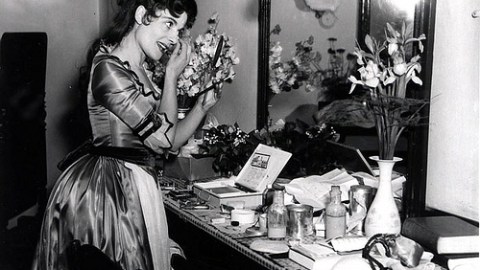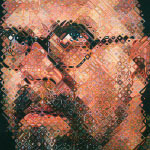Geoff Jones, a Harvard Business School professor, knows everything there is to know about mascara. He’s an expert on the beauty industry, a sector that dates back to ancient civilization. “I can hardly think of a single product that we use today that wasn’t used 400 years ago, 1,000 years ago, even 3,000 years ago,” he says. But the actual industry began in the late 19th century, when brands began being sold regionally and then nationally. And then, of course, the birth of Hollywood raised the stakes of appearance: “By the ’30s, people in towns almost everywhere in the world have access to a cinema; they could see representations of beauty, particularly hairstyles, particularly the use of cosmetics,” says Jones. That was the first major inflection point.
What’s changed in the industry since the ’30s? A global homogenization of what it means to be beautiful, for one thing. But national definitions of beauty still persist on some level, and beauty companies do offer a certain
orchestrated diversity in the products they offer. L’Oreal, for example, has a roster of brands based on different beauty ideals across the world.
Jones wonders if any city besides Paris and New York really has the potential to become the world’s
next beauty capital. The reason those two cities have remained strong in as centers of the beauty industry is largely because of their strong brand images. “You can get on a plane, go to those cities and you actually see what you imagine it to be,” says Jones. Which cities might be next? Milan, after the Second World War, developed as a major global fashion center, but it didn’t develop as a beauty capital; London has always been on the fringes of the beauty industry, but never really on the map. In the future one might think of Tokyo, Shanghai or Rio as potentials, says Jones.






